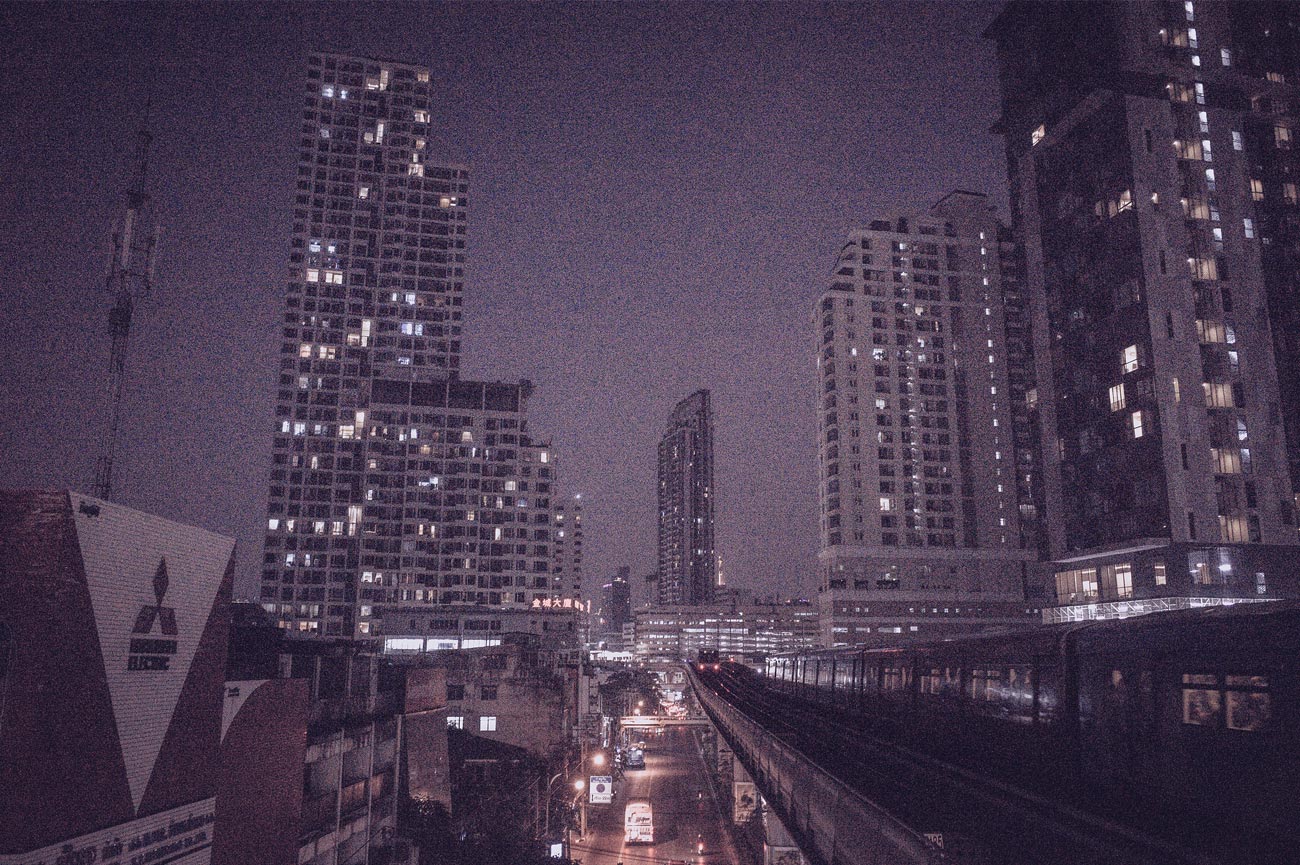When to Use Different ISO Film Speeds

Photo by Anton Strogonoff. Licensed under CC BY 2.0 High-speed grainy photo.
ISO film speeds are an important part of film photography as each film speed is used for different scenarios and lighting conditions. The first and most important piece to understand about film speed is that the higher the ISO number, the more grain is visible on the film and the subsequent prints. However, sometimes you simply cannot avoid using the faster film speed and will just have to accept the level of graininess that comes with it.
Slow Film Speed – ISO Film 200 and Below
ISO 100 or 200 film speeds are best for bright lighting conditions and outdoor photography. As this is a slower film, more light will be required for exposures. If there is not enough light available, slow film may result in dark or blurry photographs. A tripod is highly recommended when using low-speed film unless the photographer has an extremely steady hand for slightly longer exposure times. Slower speed film is best used to photograph outdoor landscapes, inanimate objects, and outdoor events on a bright day. Slow speed film should generally not be used for dimly lit areas and fast-moving subjects.
Medium Film Speed – ISO 400
ISO 400 film speed is a great all-purpose film that can be used for most situations. Photographs can be taken without the need for high amounts of lighting and moving subjects can be photographed with ease. The versatility of this film makes it ideal for photographing in a variety of circumstances such as open landscapes or indoor areas. Indoor photographs can be taken with significant lighting available through a window or doorway. Medium speed film is best used to photograph overcast outdoor images, indoor portraits with natural lighting, and when photographing a combination of indoor and outdoor images on the same roll. Medium speed film should generally not be used with fast motion photography such as sporting events, indoors without much lighting, or in extremely bright lighting.
Fast Film Speed – ISO 800 and Above
Fast speed film will result in the grainiest photographs but is great to use when shooting fast-moving subjects in low light conditions. This film is often used by sports photographers or journalists who do not always have the best lighting to work with and need to capture images without blur. In addition, it is typically not used for larger prints due to the noticeable grain. Fast speed film should be used for fast-moving subjects in low light, dimly lit situations without a tripod, and when using a zoom lens in low light conditions. Fast speed film should not be used in bright conditions or images that you would like to enlarge more than 8×10 inches.
With these hints in mind, you can be ready with the right kind of film for the subject you are about to photograph. However, the rules of film speed use can be broken and exceptions are always made. Some people may prefer the high grain of a fast speed film. Others may be interested in night photography and keeping as low-grain as possible, so they will use slow film and a tripod for long exposures.

















